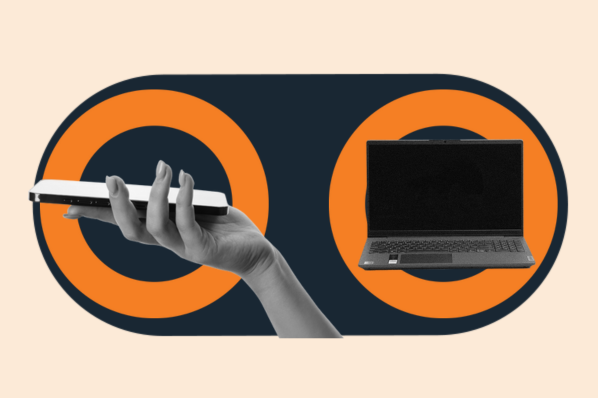 DRTV Derailers is a monthly series on Internet-age issues that can turn a promising DRTV campaign into a train wreck.
DRTV Derailers is a monthly series on Internet-age issues that can turn a promising DRTV campaign into a train wreck.
Imagine visiting a website after seeing an ad, only to find the price is higher and/or the offer is different. Most consumers will think twice about buying when there is such a major disconnect.
With this issue, the notion of “bait and switch” comes to mind. These days, online consumers are very savvy, and they can easily leave your website for greener pastures when they smell something that’s inconsistent. It’s human nature to become cynical when the infomercial says one thing and the site says another, especially if it results in more money coming out of the consumer’s pocket.
There are only two reasons why the price, offer and/or other details would not be the same on the site as they are in the commercial:
- You’ve done that on purpose.
- It’s an accidental oversight.
Because consumers have the ability to compare products, prices and offers quickly and easily with a wide range of online tools, it’s pretty risky to deliberately have a different offer in the commercial than what is online, especially if there’s no good reason. You risk turning off hundreds or even thousands of consumers — all of whom could post negative comments about their experiences. Why have an online price that’s higher unless the offer is different and has greater value, and you’ve specified that in the copy?
 Bridge Over Disaster
Bridge Over Disaster
This is an easy one: set up a process to ensure that all details of your online offer match those in your DRTV commercial.
Get your site design people to communicate with the scriptwriters and production people so that there are no inconsistencies.
If there is a difference due to testing different offers and price points, for example, the ideal scenario is to make a copy of your website for each offer/price test, and change that information accordingly. If you do that, make sure the URL in the infomercial goes to the correct landing page.
We advise not using “suffix” web URLs such as "www.domain.com/TV/32" because most consumers do not type in what comes after the “.com,” and if they make a typo, the consumer will see a “page not found error.”
An easy way to test different offers is by using “prefix” URLs, such as:
- Buy.Domain.com
- Get.Domain.com
- Try.Domain.com
The “Buy” URL goes to one landing page, while the “Get” and “Try” domains go to other pages. Therefore, each offer/price is consistent both in the commercial and online.



![11 Press Page Examples [+ How to Build One]](https://53.fs1.hubspotusercontent-na1.net/hubfs/53/Press-page-examples-that-work-1.jpg)




![How to Scope a Launch Pad Website in Growth-Driven Design [Whiteboard Video]](//53.fs1.hubspotusercontent-na1.net/hubfs/53/00-Blog_Thinkstock_Images/growth-driven-design-launch-pad.png)

![Black Friday 2014: Is Your Brand Ready for the Online Rush? [Infographic]](//cdn2.hubspot.net/hub/53/file-2166364551-png/blog-files/black-friday-2014.png)






![How to Scope a Launch Pad Website in Growth-Driven Design [Whiteboard Video]](http://53.fs1.hubspotusercontent-na1.net/hubfs/53/00-Blog_Thinkstock_Images/growth-driven-design-launch-pad.png)

![Black Friday 2014: Is Your Brand Ready for the Online Rush? [Infographic]](http://cdn2.hubspot.net/hub/53/file-2166364551-png/blog-files/black-friday-2014.png)